Our Objective
Accelerate Malaria Elimination to secure WHO Certification
In the Western Pacific Rim region each country is at a different point on its path to malaria elimination and WHO Malaria Free Certification. Our objective is to help them reach this goal and by doing so help the communities of the Western Pacific Rim region thrive.
Join us today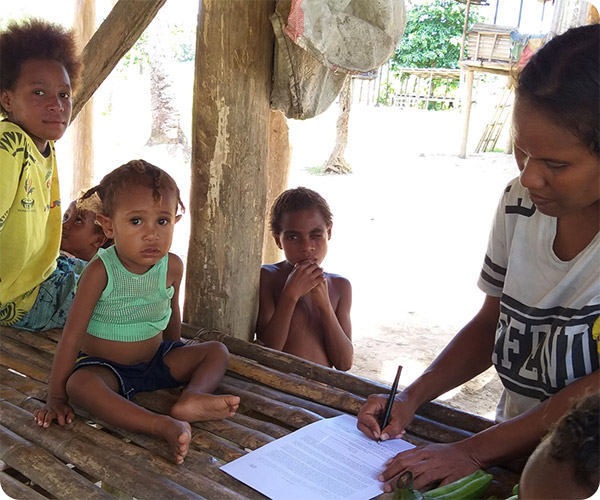
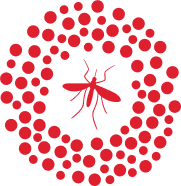
WHO Malaria Free Certification
Malaria elimination is the interruption of the local transmission of malaria parasites with a reduction to zero incidence of indigenous cases. WHO Malaria Free Certification is given when a country has proven the chain of local transmission of all human malaria parasites has been interrupted nationwide for at least the past 3 consecutive years, and that a fully functional surveillance and response system which can prevent re-establishment of indigenous transmission is in place.
Cold Hard Facts
Malaria is a preventable and treatable infectious disease transmitted by mosquitoes. The WHO Malaria Report 2023 indicates that Malaria cases rose by 2% to 249,000,0000 and deaths marginally declined by 0.03% to 608,000 in 2022 compared to 2021. However, 76% of all deaths are children, with a child dying every 68 seconds. In 2022 the Western Pacific Rim Region had 1,900,000 Malaria cases and 3,361 Malaria deaths of which Papua New Guinea and the Solomon Islands account for 99%. This is due to continued high Malarial incidence in Papua New Guinea and a resurgence in The Solomon Islands.
Further, as malaria impacts mostly poor women and children, it perpetuates a vicious cycle of poverty in the developing world through maternal mortality, neonatal and child deaths, school absenteeism, burden of treatment costs and overall decreased economic productivity. As history has taught us well, malaria gains are extremely fragile and “Foot off the gas pedal” could lead to a resurgence.
The frequency of natural disasters common in the Western Pacific Rim region adds the already complex landscape, and threatens our campaign’s mission without more support and focus.
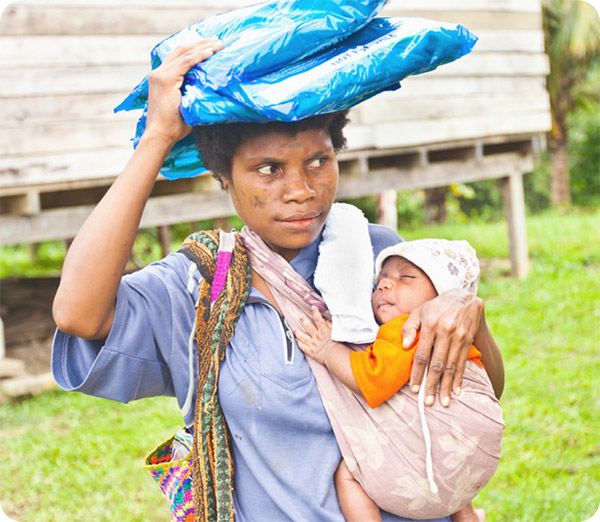

Only 51-55% of Children under 5 sleep under LLINs in the Western Pacific Rim Region

A 10% reduction in malaria burden is linked to a 0.3% growth in gross domestic product
Papua New Guinea
Papua New Guinea (PNG) is a high malaria burden country accounting for nearly 90% of Malaria cases and 94% of Malaria deaths in the Western Pacific Rim region. In PNG around 94% of the 8.95 million population live in high or unstable malaria transmission zones. 60% live in areas below 1,200 metres where malaria transmission is endemic and perennial, of which 42% live in the densely populated high transmission coastal lowlands and islands below 200 metres.
Papua New Guinea previously had a malaria elimination goal of 2030. Due to ongoing challenges in the Heath System, Papua New Guinea saw an increase of 34% and 49% in Malaria cases and deaths respectively from 2021 to 2022.

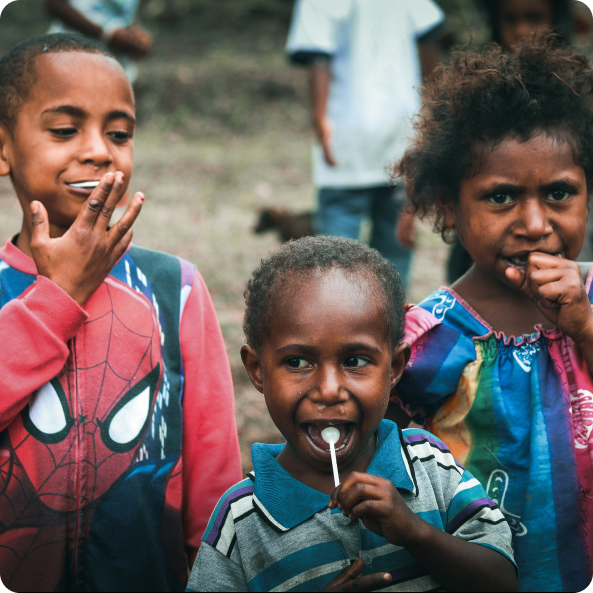
The remarkable successes which led to an unprecedented decline in malaria across 2000-2014 were achieved by the Global Fund’s principal recipient the Rotarians Against Malaria (RAM) PNG, that is managed by the Rotary Club of Port Moresby, in close collaborations with the National Malaria Control Programme (NCMP) with the majority of malaria funds coming from the Global Fund. Sadly, PNG has suffered significant setbacks with a resurgence of malaria since 2014.
The reasons for this resurgence are multifactorial including, but not limited to, sub-standard long-lasting insecticidal nets (LLINs); health system weaknesses; funding cuts and therefore stock shortages of malaria Rapid Diagnostic Tests (RDT’s) and antimalarials.
In order to get Papua New Guinea back on track to its 2030 malaria elimination goal, a substantial increase in funding is required coupled with an active and intensified focus on effective malaria interventions.
Malaria Elimination and WHO Malaria Free Certification Path
There are three overarching and inter-related approaches to eliminating malaria in Papua New Guinea
Vector Control
Currently in PNG, 68.5% of all households have at least one LLIN. However, only 46% of the household sleep under LLIN’s. To support reaching PNG’s malaria elimination goal, 100% of a household needs to be sleeping under an LLIN with one non-expired net for every two persons, as recommended by WHO.
Malaria Case Management
Since 2017, PNG cases of malaria treatment grew 13X and suspected malaria cases receiving a parasitological test grew 2X. However, there is still a long way to go to reach the goal of universal access to quality assured early diagnosis and appropriate treatment.
Behavior Change Communication
Within PNG, community engagement in malaria treatment and control remains relatively limited due to factors such as the remoteness and inaccessibility of some communities; the undermining of the effectiveness of LLINs in recent years and issues with the public health system, including RDT and antimalarial supply problems.
Vector Control
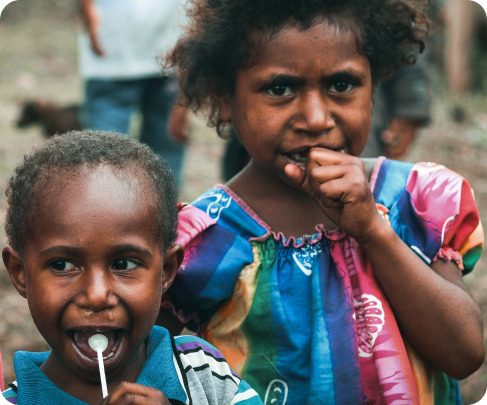
Since January 2010, RAM has coordinated the distribution of about 13 million nets to households through a rolling mass distribution covering approximately one third of the target population each year. LLINs have also been provided to vulnerable groups through specific channels, such as women receiving antenatal care.
Therefore, all existing LLINs need to be replaced with new fully functional LLINs as a matter of urgency. This will be approached by providing new LLINs to one third of the population living between zero and 1,600m on a rolling annual distribution basis. Also, the tracking of insecticide resistance is important to ensure appropriate management.
Additionally randomized controlled trials of Indoor Residual Spraying (IRS) will be undertaken to establish its effectiveness for rapid malaria burden reduction. If proven, a larger scale roll out across the country will occur in 2022 / 2023.
Funding for these programs not only covers the purchase of the LLINs and IRS insecticide and equipment but also training of required individuals and distribution costs.
Malaria Case Management
For PNG the goal is all suspected malaria cases attending any of the 600 public health facilities will be tested either by RDT or microscopy and treated accordingly. This will help minimize morbidity and mortality rates as well as halt the onward transmission.
To address this community remoteness and limited access, community / home-based malaria case management is a growing focus in the diagnosis and treatment of malaria, with an aim of an additional 700 providers per year. However, this also requires distribution management, training within the community and reporting requirements.
Behavior Change Communication
An example of an effective and innovative school and community-based strategy managed by RAM PNG is the Chasing Malaria Program in the Central Province that focuses on ‘track-test-treat’ and community education for malaria prevention. Since 2014, RAM Australia and RAM PNG have funded this program. More recently, Exxon Mobil has contributed some funds to the Program. An important activity of the Chasing Malaria Program is to establish and manage school malaria clubs where children are taught how to find and destroy malaria breeding sites.
Preliminary comparisons of the 2018 and 2020 school malaria prevalence surveys suggest that the prevalence of malaria has decreased in 2020.
Timor Leste
After an outbreak of three cases in Timor-Leste in 2020, the country managed to realign its efforts, achieving 2 consecutive years with zero indigenous cases in 2021 and 2022 (for 36 consecutive months if 2023 is taken into consideration). On the back of this Timor-Leste has submitted an official request for WHO Malaria Free Certification in 2023. Timor-Leste is a country of 1.2m people with a 253km land border with the Indonesian Timor province, which is endemic for malaria. The success of their National Malaria Control Program is due to a combination of effective interventions and many years investments from Global Fund, Australia DFAT, WHO, RAM Australia, and many other donors, as well as strong technical support from WHO. The posting of Community Health Volunteers at the borders’ hard-to-reach areas and equipped with RDTs, ACTs, CQ and educational materials such as flipcharts, has been an effective approach that contributed to malaria elimination.
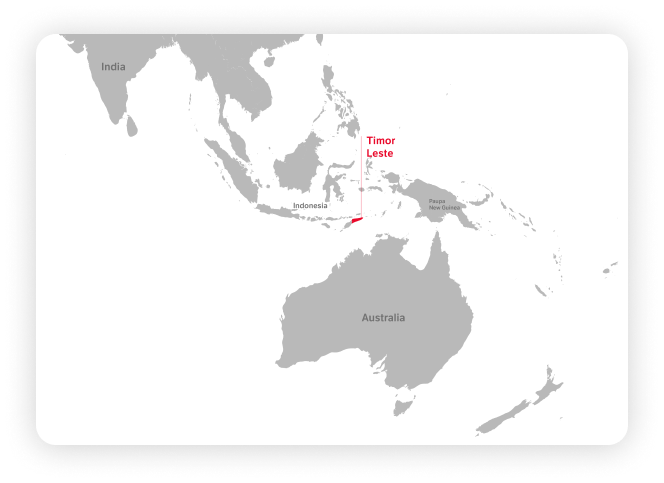

Malaria interventions include effective vector control, including universal distribution of LLINs covering 97%+ of the population, with 89.2% of pregnant women and 88.8% of children <5 sleeping under an LLIN and annual IRS for 20 sub-districts and 10 districts considered high risk.
Another key to success was Timor-Leste's robust network of malaria officers from the national to sub-municipality levels. Futher there was the universal provision of quality assured early diagnosis and appropriate treatment, even in remote areas, including no stockouts of antimalarials, rapid diagnostic test kits or laboratory consumables. This also covered specific training of clinicians on national malaria treatment protocols, and of laboratory technicians on malaria microscopy, as well as regular training for all health workers on malaria diagnosis and treatment protocols. For example, 75% of children had taken treatment from a health facility or health worker within 48hrs of the onset of malarial symptoms and over 90% within 3 days of the onset of fever.
Additionally there was an effective Behavioural Change Communication strategy which engaged communities, community volunteers and schools with relevant education on malaria. By 2020 most women in the communities had knowledge of malaria symptoms and prevention methods.
WHO Malaria Free Certification Path
In order to achieve WHO Malaria Free certification Timor-Leste must do the following:
Prevent re-establishment of malaria transmission
The high population mobility of the border region and interaction with Indonesian islands where malaria is endemic is the major challenge in preventing the re-establishment of malaria transmission. The border is highly porous with many illegal migration points. Thus, Timor-Leste will require a continued intensive vector control and surveillance focus on this complex population migration pattern at the border region. Close cross border collaboration with West Timor (Indonesia) is also a key emphasis as Timor-Leste works towards WHO Malaria Free Certification by 2025.
Maintain zero mortality for locally acquired malaria
The last malaria related death in Timor-Leste was in 2015. Preventing the re-establishment of malaria transmission will allow zero mortality to be maintained.
Prevent re-establishment of malaria transmission
Maintain zero mortality for locally acquired malaria
Solomon Islands
The Solomon Islands remains one of the highest burden malaria countries outside of Africa with 99% of the 724,273 population at risk. The Solomon Islands also have the second largest malaria burden in the Western Pacific Rim region representing 9% of Malaria cases and 6% of Malaria deaths in 2022. Malaria is endemic in all provinces but one.
The Solomon Islands has a malaria elimination goal of 2030. However, according to the WHO Global Malaria Report 2023, there has been an ongoing Malaria resurgence in the Solomon Islands with cases and deaths increasing by 4% and 25% respectively in 2022. Further, in 2021 the Solomon Islands distributed less than 60% of the LLIN's. The reorganization of the Malaria control programme in 2015 seems to still be causing confusion around roles and responsibilities, shortage and low usage of LLINs in households and a possible natural increase in transmission in at least three provinces - Central Islands Province, Malaita, and Temotu.


The Solomon Islands population is distributed across 9 provinces consisting of 8,000 villages on 350 inhabited islands out of 900 islands in total, with only 20% of the population having direct access to paved roads. Therefore, the geographical challenge of both easy access of healthcare centres and the distribution of malaria supplies, such as LLINs, to high-risk communities is significant.
Additonally, the restructuring of the Ministry of Health and Medical Services has contributed to changes and lack of clarity in roles and responsibilities in the malaria programs in the country. There is also a continuing lack of infrastructure such as housing and transportation, to support programme staff in certain areas .
Continued funding from within and external to Solomon Islands is essential to strenghten the health systems, and support increased access to diagnostic services and to ensure continued combined core vector control strategies of LLINs and IRS. History has show that for the Solomon Islands the use of LLINs alone is unlikely to reduce malaria transmission.
Malaria Elimination and WHO Certification Path
There are two overarching and inter-related approaches to eliminating malaria in the Solomon Islands
Vector Control
As revealed in the latest in the Solomon Islands Demographic and Health Survey (DHS, 2015), 85.9% of all households have at least one LLIN. However, only 66% of the household sleep under LLINs. To support reaching the Solomon Islands malaria elimination goal, 100% of a household needs to be sleeping under an LLIN with a minimum target of 80% of the population.
Malaria Case Management
In the last few years, the number of health facilities testing via RDT increased by 36%, which is reflected in an 116% increase in patients tested, and 172% increase in positive tests. However, there is still a long way to go to reach the goal of universal access to quality assured early diagnosis and appropriate treatment.
Vector Control
Historically LLINs were distributed on a 3-year cycle, however since 2018 nets are now distributed on an annual basis with one third of the population targeted each year. This is to ensure a rolling universal coverage, prioritize communities where nets have been in the field the longest and those with the highest malaria incidence. It also reduces the logistical burden for remote communities. Although LLIN coverage is high in general, there are some high risk population segments (pregnant women in Honiara – 45% usage) and certain remote communities who do not use the nets correctly or with the required regularity. There is a focus on education within these segments and communities to increase net usage.
Funding for these programs not only covers the purchase of the LLINs and IRS insecticide and equipment but also education and distribution costs.
Malaria Case Management
However, this requires ongoing investment to support the procurement and distribution of malaria supplies, reporting requirements and education around attendance of health facilities.
Vanuatu
Vanuatu is part of the Malaria elimination E-2025 Initiative, however unless we all join hands to Finish the Fight this objective may be missed. 87% of Vanuatu’s 326,740 population, which is spread across an archipelago of 83 islands grouped into 6 provinces, live in high transmission malaria zones. Vanuatu has reported zero deaths since 2012 , however in 2022 there was a 353% increase in cases. This may be due to that in 2021 less than 60% of LLIN's were distributed which may impact future vector control. The provinces of Malampa, Sanma, and Shefa continue to represent the majority of Malaria cases in Vanuatu. These provinces are a real threat to the malaria elimination efforts in Vanuatu as malaria is imported when people travel between the islands.
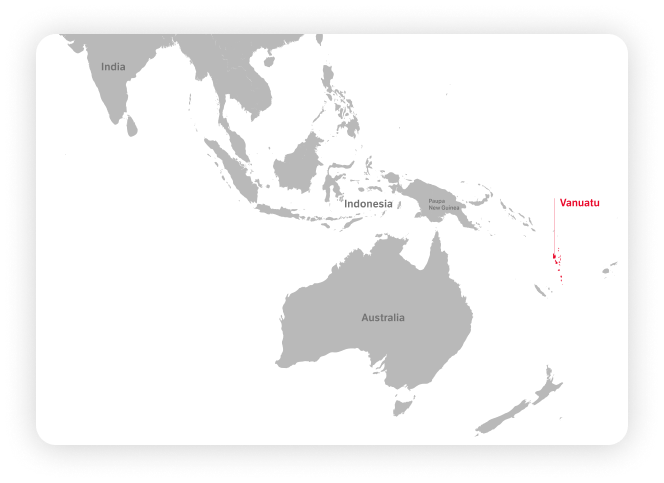

WHO has invited Vanuatu to be one of the 25 countries for elimination by 2025. A year earlier than its original goal of 2026.
Building on existing significant elimination achievements such as the southern province of Tafea and northern province of Torba being declared malaria free in 2017 and maintaining zero malaria-related deaths in Vanuatu since 2012. A new, rigorous National Strategic Plan for Malaria Elimination (NSPME) 2021-2026 has been developed with a final surge of interventions intended to reduce local transmission of malaria to zero in all provinces by the end of 2023.
Malaria Elimination and WHO Certification Path
There are three overarching and inter-related approaches to eliminating malaria in Vanuatu:
Vector Control
Currently in Vanuatu, 87% of all households have at least one LLIN. However, only 51% of the household sleep under LLIN’s. To achieve Vanuatu’s malaria elimination goal, 100% of a household needs to be sleeping under an LLIN.
Malaria Case Management
The NSPE 2021-2026 looks to address previous defects in malaria surveillance and response by following the 1-3-7 rule (cases reported within 1 day, investigated within 3 days and a response implemented within 7 days of reporting)
Behavior Change Communication
Within Vanuatu, community awareness of and engagement of malaria prevention protocols is quite low. Previously, there were numerous information, education and community mobilization activities directed at high risk populations, such as school children and pregnant mothers, as well general information campaigns. However, these have fallen off due to a lack of funding.
Vector Control
Despite the appearances of a high LLIN coverage number, due to historical funding issues many areas have not had new nets distributed for several years and are therefore using nets of reduced effectiveness. The NSPE 2021-2026 looks to address this by universal coverage of nets, including ensuring 100% children <5 years and pregnant women sleep under a LLIN and focusing on the hotspots of Malampa and Samna with an initial minimum of 81% net coverage.
Funding for these programs not only covers the purchase of the LLINs, IRS insecticide and equipment, and antimalarial drugs supply chain management, but also training of required individuals, distribution costs, and the regular supervision of staff.
Malaria Case Management
A key proposal is the appointment of a Malaria Elimination Officer in each province who is responsible for all coordination, surveillance, response and reporting activities. This approach was proven effective in the Tafea province malaria elimination intervention programme.

